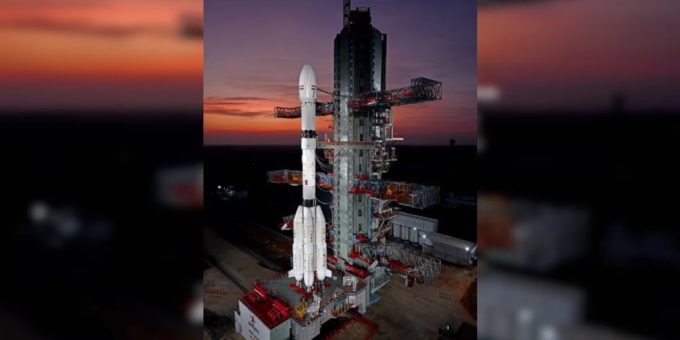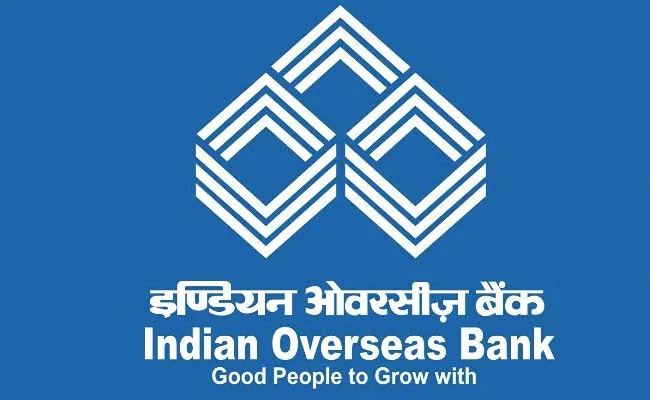
The lift-off is scheduled from Satish Dhawan Space Centre in Sriharikota.
Chennai:
The countdown for the launch of the INSAT-3DS meteorological satellite onboard a Geosynchronous Launch Vehicle has commenced, ISRO said on Friday. The lift-off for the GSLV-F14 in its 16th mission is scheduled at 5.35 pm on Saturday from Satish Dhawan Space Centre in Sriharikota.
The INSAT-3DS satellite is a follow-on mission of the third-generation meteorological satellite to be placed in a geostationary orbit, and it is fully funded by the Ministry of Earth Sciences.
“GSLV-F14/INSAT-3DS Mission: 27.5 hours countdown leading to the launch on February 17, 2024, at 17.35 hrs has commenced,” ISRO said.
GSLV-F14/INSAT-3DS Mission:
27.5 hours countdown leading to the launch on February 17, 2024, at 17:35 Hrs. IST has commenced. pic.twitter.com/TsZ1oxrUGq
— ISRO (@isro) February 16, 2024
This is the second mission for the Bengaluru headquartered space agency in 2024 after the successful launch of the PSLV-C58/EXPOSAT mission on January 1.
According to ISRO, the objective of Saturday’s mission GSLV-F14/INSAT-3DS would provide continuity of services to existing operational INSAT-3D (launched in 2013) and INSAT-3DR (September 2016) for enhanced meteorological observations, monitoring of land and ocean surfaces for weather forecasting and disaster warning, as well as to provide Satellite aided Research and Rescue services (SAR) among others.
The satellite weighing 2,274 kg, once operational, would serve various departments under the Ministry of Earth Sciences, the Indian Meteorological Department (IMD), the National Institute of Ocean Technology (NIOT), the National Centre for Medium-Range Weather Forecasting, and Indian National Centre for Ocean Information Services.
The 51.7-metre tall rocket will be carrying imager payloads, sounder payloads, data relay transponders and Satellite Aided Search and Rescue transponders, which will be used to study cloud properties, fog, rainfall, snow cover, snow depth, fire, smoke, land and ocean, among other uses.
The imager and sounder payloads incorporated in the latest mission are similar to the payloads carried by INSAT-3D and INSAT-3DR, with significant improvements in radiometric performances, ISRO said. Industries have significantly contributed to the development of the satellite, the space agency added.
About 20 minutes after liftoff, scientists aim to deploy the INSAT-3DS satellite into a Geosynchronous Transfer Orbit (GTO). Later, they will undertake orbit-raising manoeuvres to place the satellite into a Geo-stationary Orbit, which is expected to happen in a couple of days.
(Except for the headline, this story has not been edited by NDTV staff and is published from a syndicated feed.)














